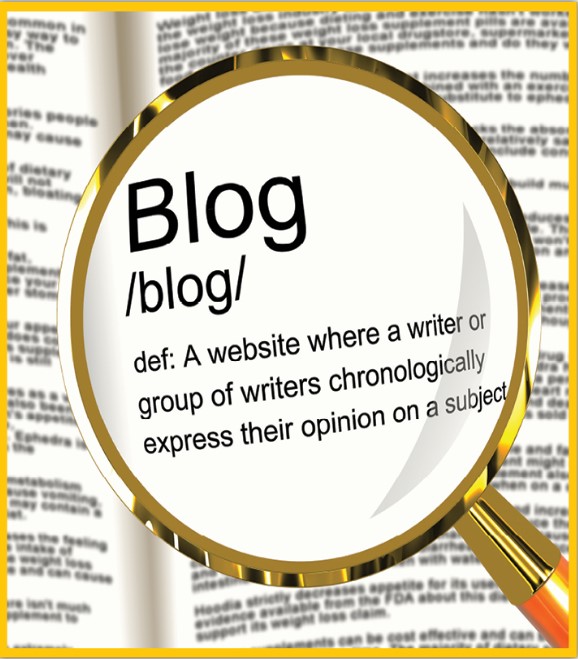How to Use ChatGPT for Content Creation: Newbie Guide for 2024
Content writing can be a stressful process, especially when deadlines approach and inspiration dwindles.
But what if you had a tool that not only accelerated the process but also improved the quality of your work?
You’ve probably heard of it ChatGPT, a cutting-edge AI that is transforming the way we create content.
Whether you are an experienced writer or just starting out, ChatGPT can help you brainstorm ideas, create articles, and even polish your final product.
In this article, we will go over the ins and outs of using ChatGPT for content production, including concrete recommendations to help you make the most of this powerful tool!
Understanding the Basics of ChatGPT
With the use of deep learning, ChatGPT, an advanced language model powered by OpenAI, can produce text that is human-like.
In order to produce coherent and contextually appropriate material, it first analyzes enormous volumes of data to identify language patterns.
Artificial intelligence (AI) in content creation has led to the development of tools like ChatGPT, which can imitate the tone and style of human writers.
Key features that benefit writers include:
- Natural language processing (NLP): ChatGPT understands and generates text that flows naturally, making it a valuable tool for content creation.
- Versatility: Whether you need help with brainstorming, drafting, or editing, ChatGPT can assist at every stage of the writing process.
- Customization: You can tailor ChatGPT’s responses by providing specific prompts, allowing for more precise and relevant content generation.
Setting Up ChatGPT for Your Content Needs
It is crucial to set up ChatGPT according to your needs before starting to create content.
Start by selecting the appropriate interface or platform, such as an integrated writing app, the OpenAI website, or a customized API configuration for more experienced users.
Tailor your suggestions for optimal outcomes. For example, give ChatGPT a thorough prompt with the subject, intended readership, and preferred voice if you are creating a blog post.
This facilitates the AI’s creation of material that is more in line with your goals.
Your content development process can be made more efficient by incorporating ChatGPT into your current workflow.
It can be used, for instance, to create a preliminary draft that you can later modify and refine. This helps you save time and lets you
Brainstorming Content Ideas with ChatGPT

Generating ideas for content is one of ChatGPT’s most effective uses.
The AI can assist you in coming up with a variety of ideas by using keyword research and investigating associated subjects.
For example, you might ask ChatGPT to recommend subtopics like “content marketing tactics,” “SEO and content marketing,” or “how to quantify content marketing success” if your core keyword is “content marketing.”
Try asking open-ended questions like “What are some unconventional ways to approach content marketing?” to elicit original viewpoints and fresh views.
This may inspire original concepts that set your material apart from that of rivals.
Numerous case studies have demonstrated ChatGPT’s efficacy in brainstorming.
For instance, a digital marketing company created a content schedule using ChatGPT and saw a 30%
Drafting Articles with ChatGPT
The next stage is to compose your ideas once you have them organized.
ChatGPT can assist you in producing an article with a clear structure by offering well-written paragraphs that you can edit further.
Put in an overview or a brief first, then let ChatGPT to produce the content.
It is essential that you provide ChatGPT with explicit instructions in order to preserve your voice and style.
For instance, you may use prompts like “Write this in a conversational tone with a touch of humor” if your brand voice is lighthearted and informal.
This makes sure the AI’s output is consistent with the personality of your brand.
Editing and improving the AI-generated text is crucial after content generation.
Even while ChatGPT can generate excellent material, there may be times when the text needs to be adjusted to match your requirements.
Enhancing Content Quality with ChatGPT
Quality is key in content creation, and ChatGPT can help enhance it in several ways.
First, it can improve grammar and readability by suggesting revisions and rephrasing sentences.
For instance, if a sentence is too complex, ChatGPT can offer a simpler alternative.
Ensuring factual accuracy is another critical aspect. While ChatGPT is trained on a vast dataset, it’s essential to verify the information it provides, especially when dealing with statistics or claims. Cross-checking facts with reliable sources will help maintain the credibility of your content.
SEO optimization is another area where ChatGPT can assist.
By using prompts that include your target keywords, ChatGPT can help you generate content that is not only engaging but also search-engine-friendly.
Additionally, it can suggest meta descriptions, title tags, and headers that are optimized for search engines.
Common Pitfalls and How to Avoid Them
Even though ChatGPT is an effective tool, it is important to utilize it carefully to avoid frequent mistakes.
Over-reliance on artificial intelligence is one of the biggest hazards. Even though ChatGPT can produce material rapidly, it is crucial to find a balance between artificial intelligence support and human creativity.
Over-reliance on AI can result in content that is unoriginal or impersonal.
Acknowledging the limitations of AI is also critical. Occasionally, ChatGPT may generate material that is shallow or off-topic.
Always edit and improve the content before releasing to reduce these dangers.
Furthermore, keep ethical issues in mind, such as the transparency of content produced by AI.
To preserve audience trust, think about telling them if you are employing AI to produce content.
Advanced Strategies for Using ChatGPT

ChatGPT provides a number of sophisticated tactics for those who want to elevate their content production.
Creating long-form literature, like in-depth manuals or whitepapers, is one such tactic.
With the help of a thorough framework and specific prompts, ChatGPT can produce in-depth content that addresses every facet of a subject.
Another area where ChatGPT might be quite useful is content repurposing.
A blog article can be transformed using ChatGPT, for instance, into a social network post, email newsletter, or even a script for a film. By doing this, you may increase the value of your material and connect with more people.
Lastly, working together on multimedia content is possible with ChatGPT.
For example, you can use it to write screenplays for films or
Conclusion
ChatGPT is more than just a writing assistant; it’s a game-changer in the content creation landscape.
By understanding how to use it effectively, you can significantly enhance your productivity and the quality of your work.
Whether you’re brainstorming ideas, drafting articles, or refining your final piece, ChatGPT offers endless possibilities.


